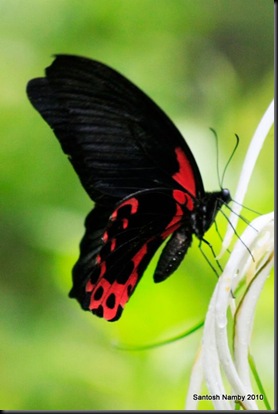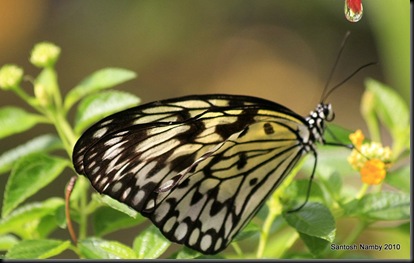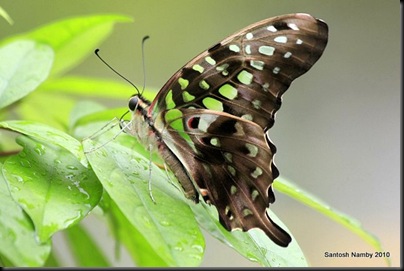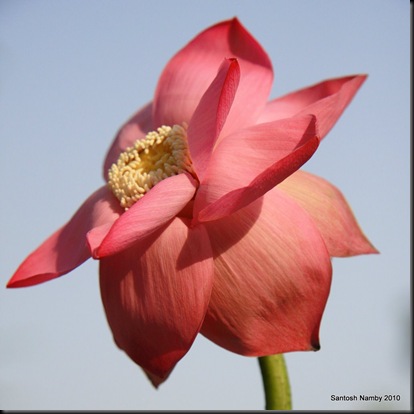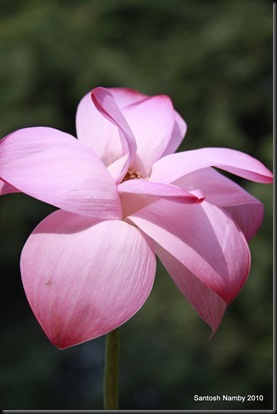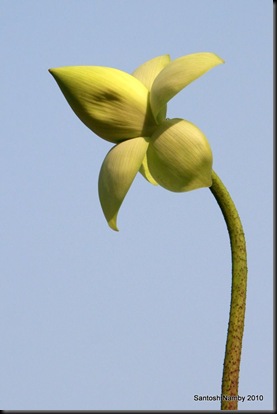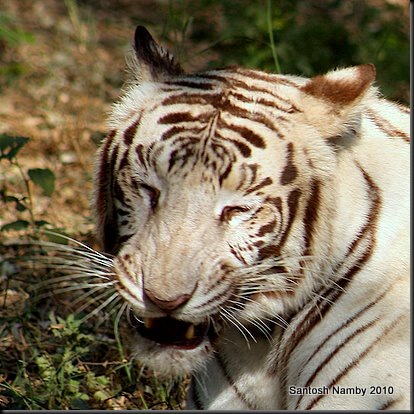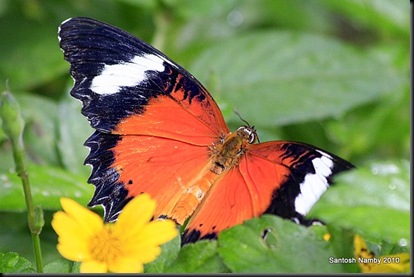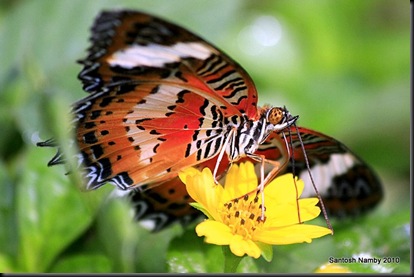It was on my recent trip to New Zealand, that my main walk around lens started having problems. My Canon EOS 17 – 85 IS lens, was giving an “error – 01” when I tried to take wide angled shots, and worked fine from focal length 35mm onwards. Trawling the web gave me some answers, that the diaphragm motor is the likely cause of this problem. Canon Auckland informed me that they will take 3 weeks and about NZ $ 300 - 400 to rectify the problem.
Not having that much time on my hands, I returned back to India, with a heavy heart, and fewer photographs. Once here, I contacted Canon Service Centre at Gurgaon. I was totally impressed by the response, the quality of service and the speed of service.
returned back to India, with a heavy heart, and fewer photographs. Once here, I contacted Canon Service Centre at Gurgaon. I was totally impressed by the response, the quality of service and the speed of service.
The pick-up point at Bikaji Cama was very responsive and professional. The minute the lens was ready, Canon Gurgaon called me, told me the cost and the problem. Within 30 mins, the service centre also calls me and informs of the same. What impressed me most was the fact that the person who did the actual service, had put a card, addressed to me, along with the repaired lens, giving his name and assuring me of the quality of the service. Thank you Canon.

